Milkweed
There's much being said these about the plight of the monarch butterflies, and how we gardeners can help them by planting milkweed. Some of you may have chosen to do this yourselves, but for me, the choice was made for me.
Last year a striking, large plant showed up in my garden, a volunteer seedling that I just couldn't pull out because of its bold look. It was later identified as common milkweek (Asclepias syriaca) and once I got a whiff of the blooms, well, I knew it was in my garden to stay.
Spreading a bit by rhizomes and seed, this year it is much larger and making such a huge impact in my "prairie" beds:
If I thought that having two or three stalks blooming last year was nice, having a dozen of them each holding four or so active bloom clusters is amazing! I can smell the sweetness as soon as I walk out of the garage, forty feet (12m) from the plant.
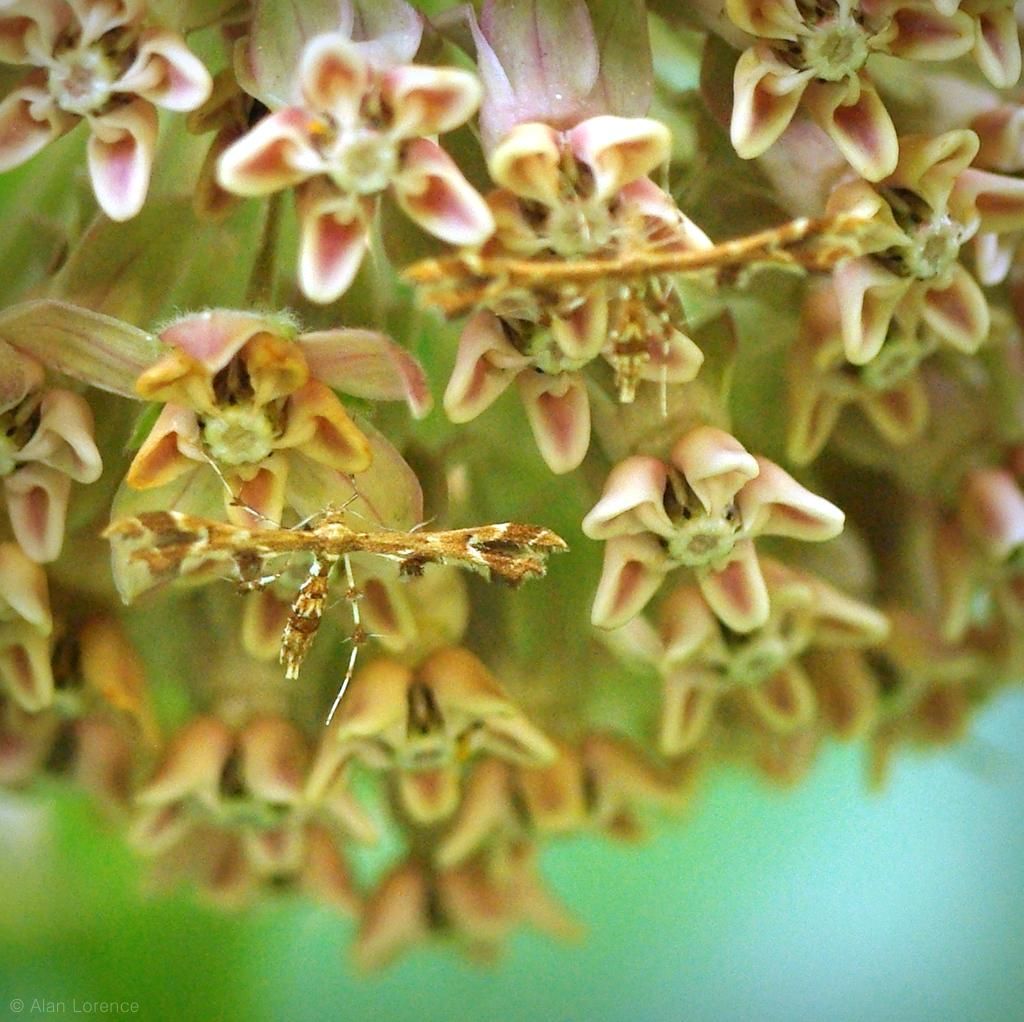 |
| These are those same strange moths that I saw the other day. There are dozens of them on the milkweed blooms! |
The blooms progress so nicely too:
You know that it's a good garden plant (at least in the type of garden that I really like) when it attracts not only bees but lots of other insects of all sizes:
Not all of them are here with good intentions though. I think this one is causing the blooms some trouble...
...because the newest buds don't look too healthy:
Come on spiders and other predators -- get to work!
I'm excited that I'll be able to make new plants from this as it spreads too. This guy is headed for a pot quite soon:
The leaves of this Asclepias species look very different from the similar but different swamp milkweed, Asclepias incarnata:
This is much larger too, almost as tall as me (6', 1.8m), and you know that I like big plants!
It actually looks a lot more like the dogbane (Apocynum cannabinum) that's trying to take over the area surrounding my veggie beds:
But that's only when the dogbane is younger -- it starts branching and ends up looking completely different from the milkweed as it grows. The flowers are completely different too:
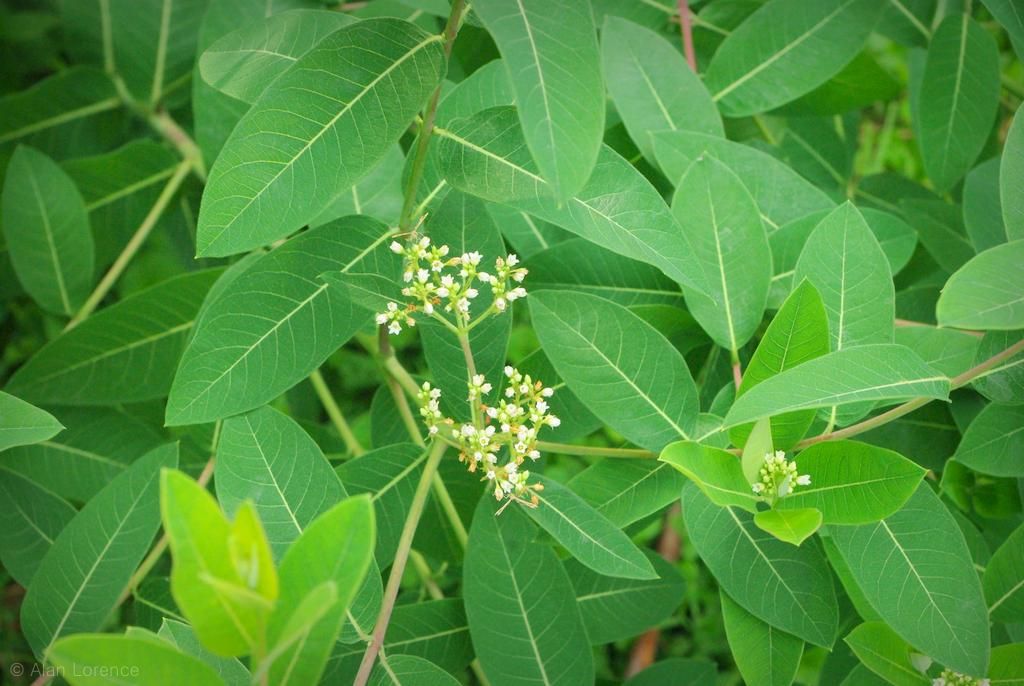 |
| Dogbane, Apocynum cannabinum |
I suspect that the milkweed will start trying to take over my garden too, so I'll have to keep an eye on it, but that's easy to do when it's looking so fantastic!
I haven't seen any monarch butterflies or their caterpillars yet, and I didn't see any last year either, but with this patch getting so large, how can they miss it this year?
.

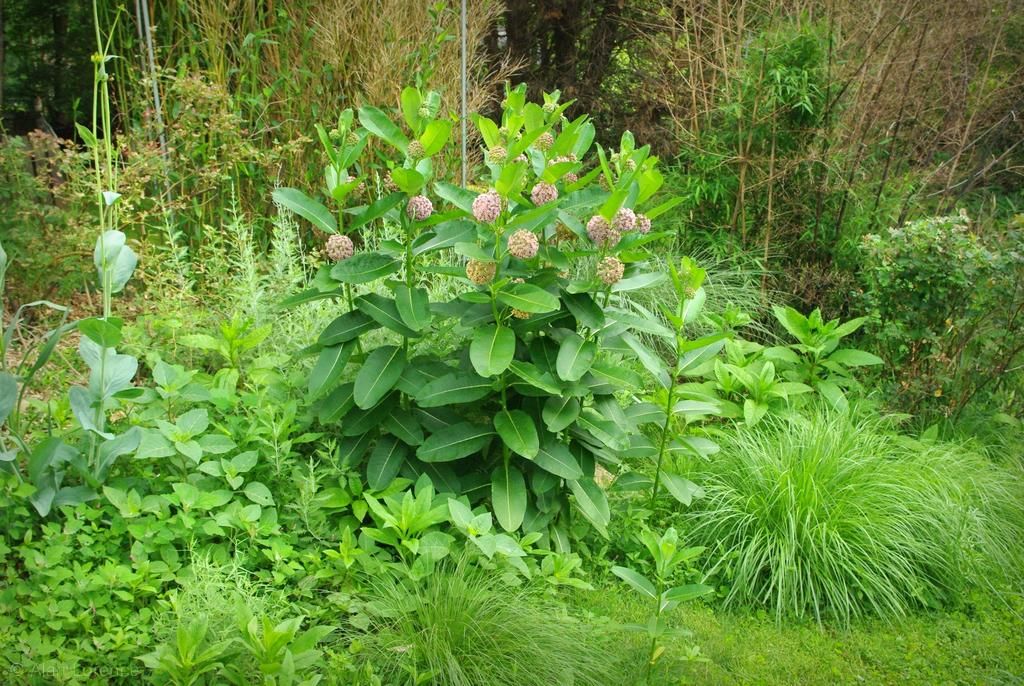
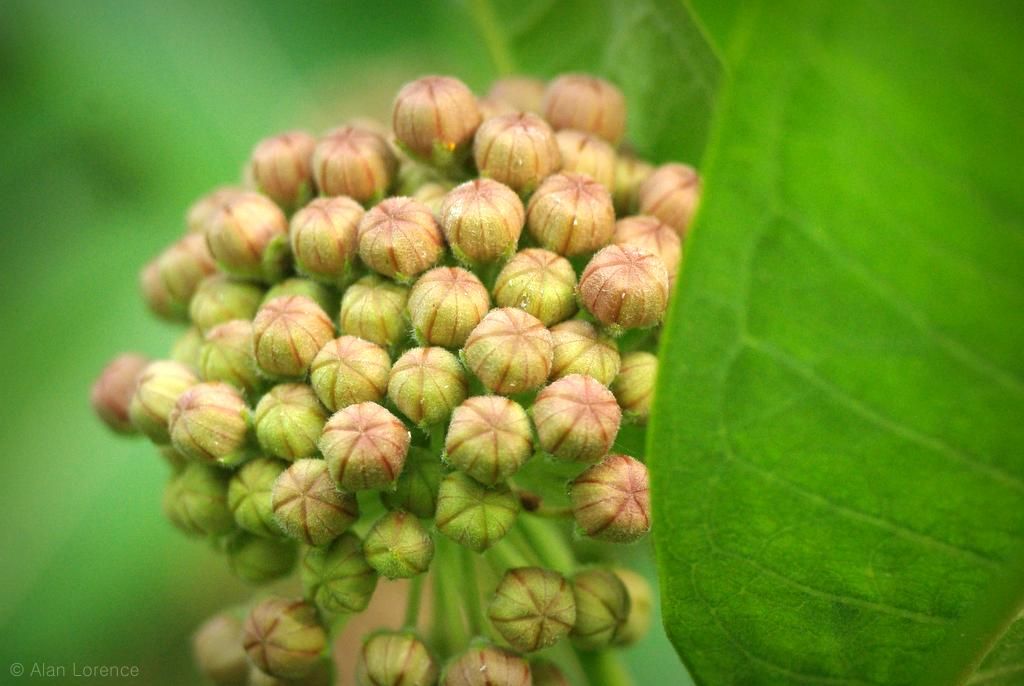
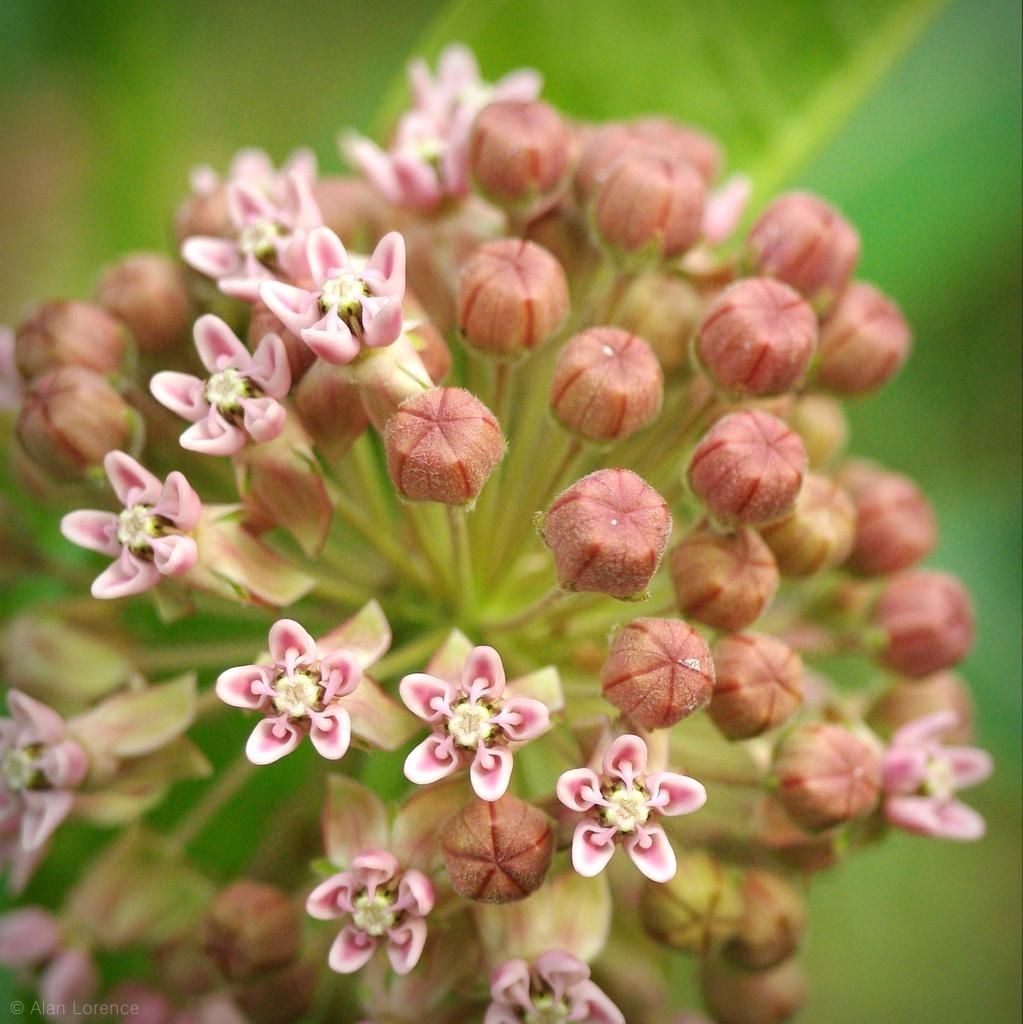

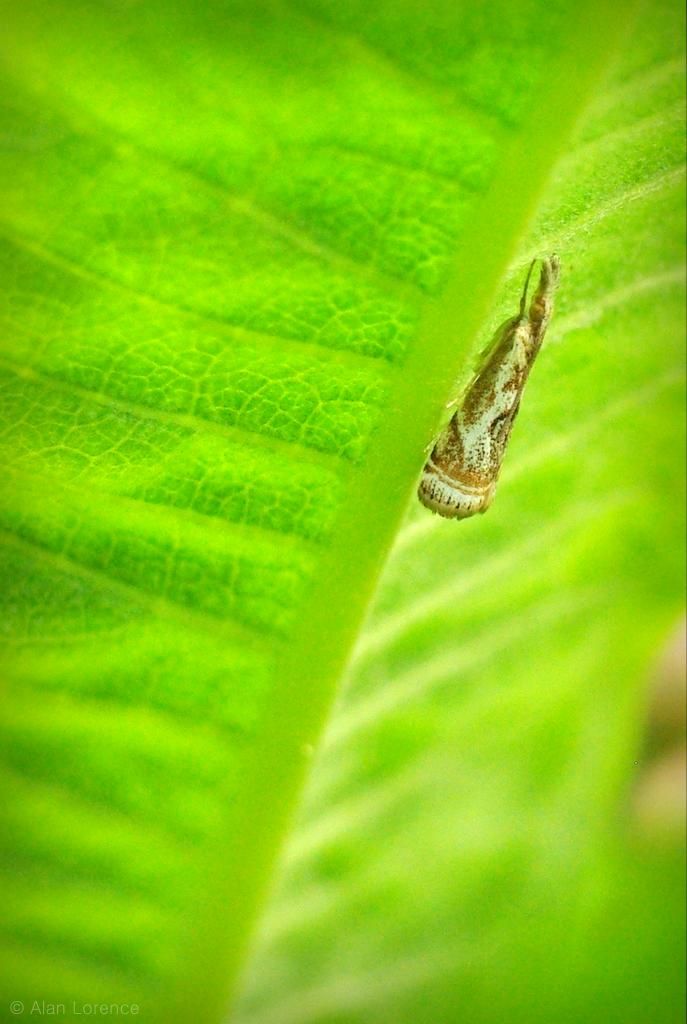
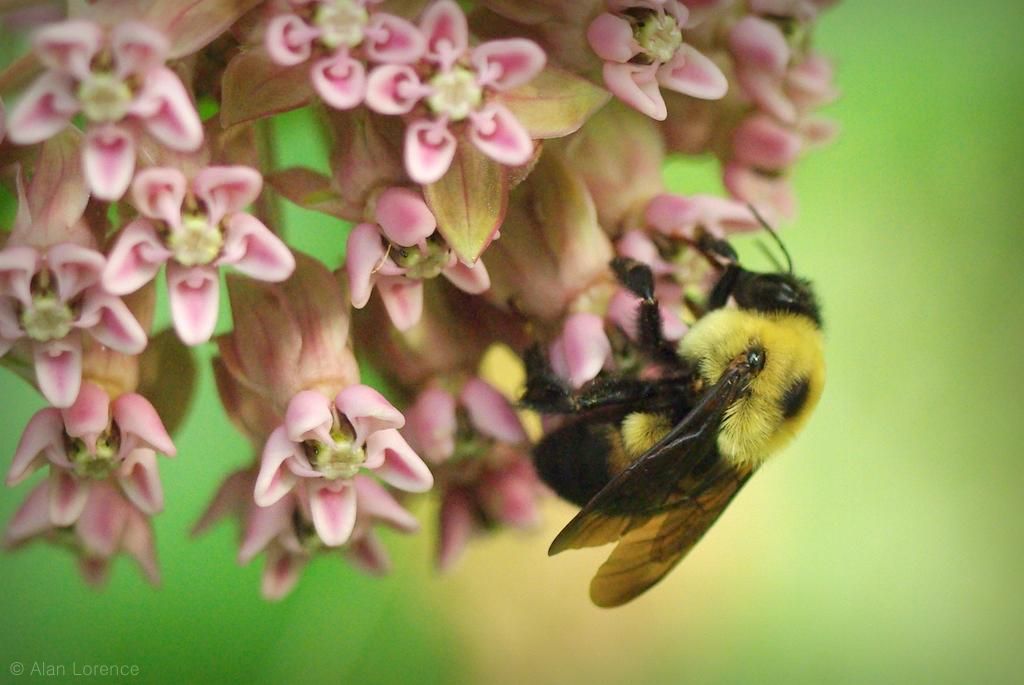

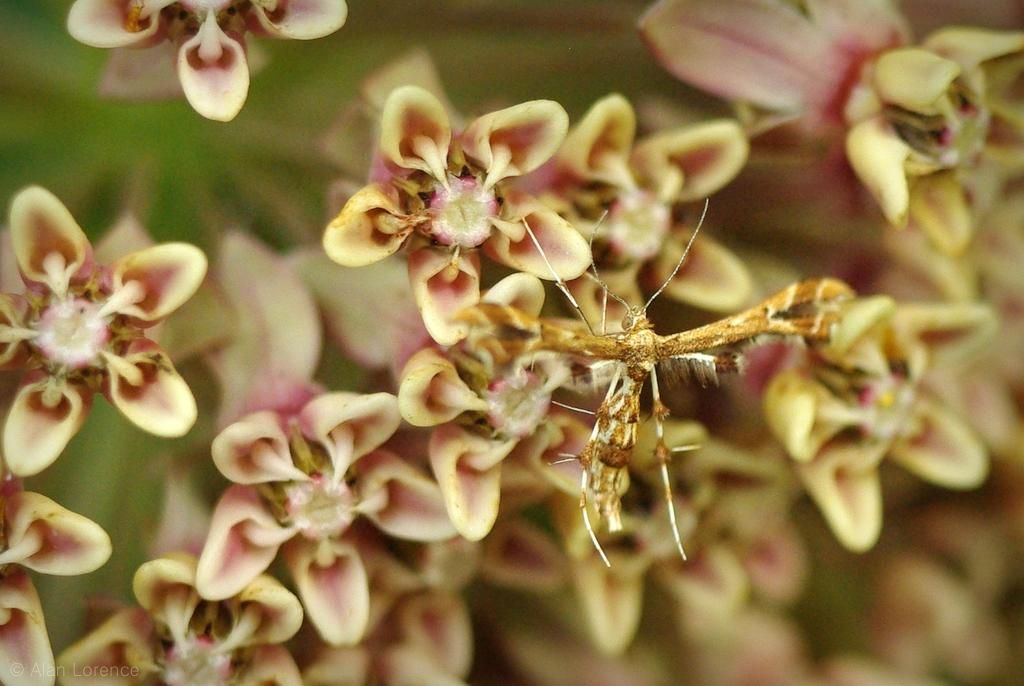
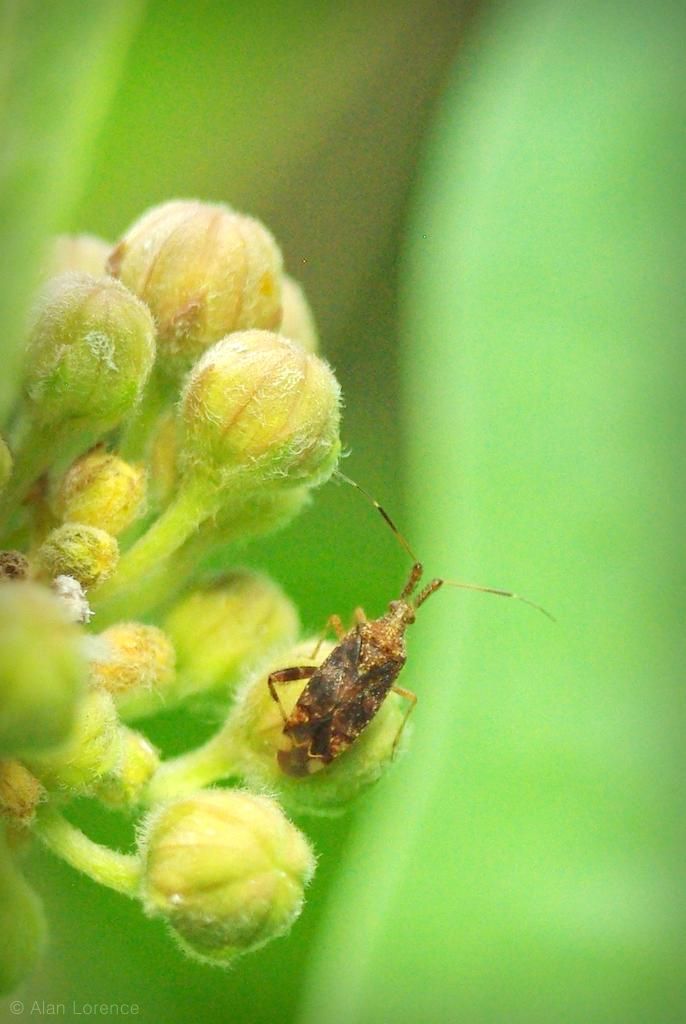




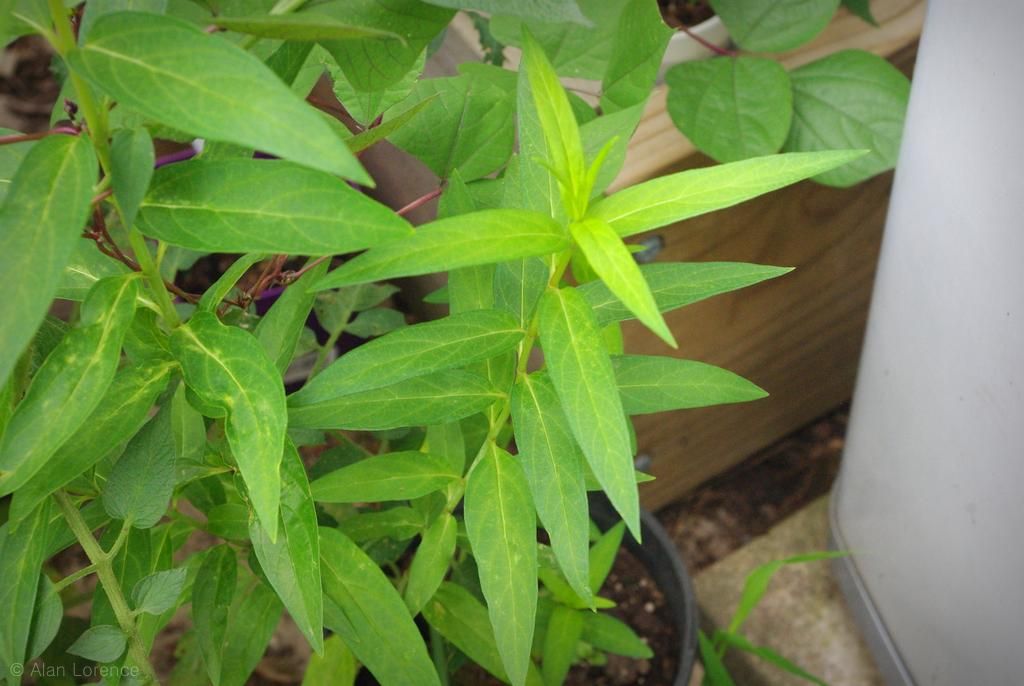
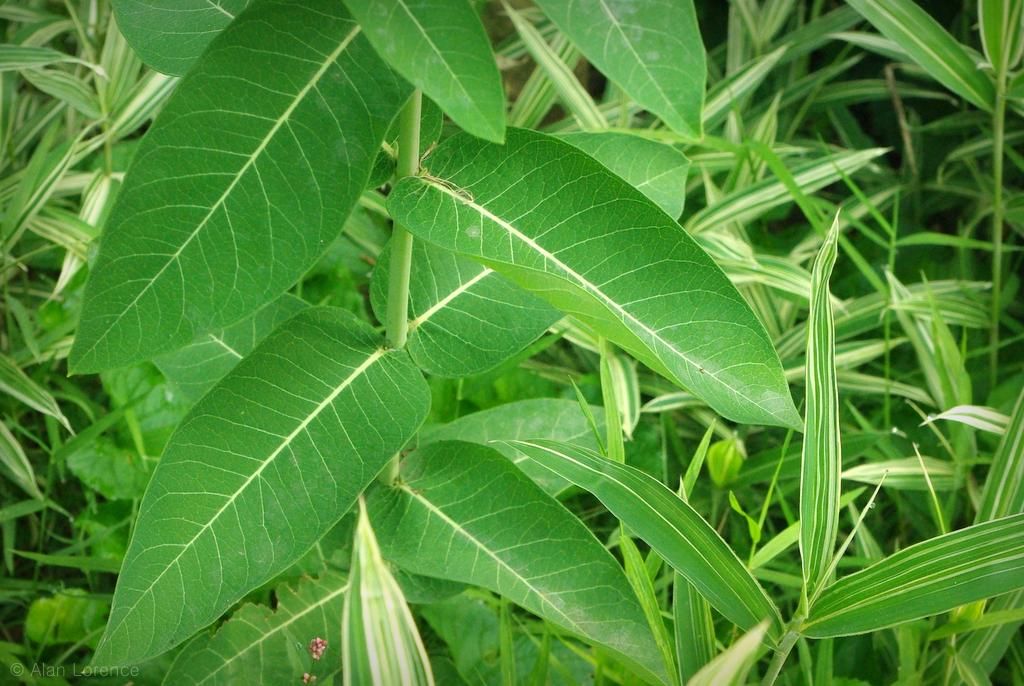
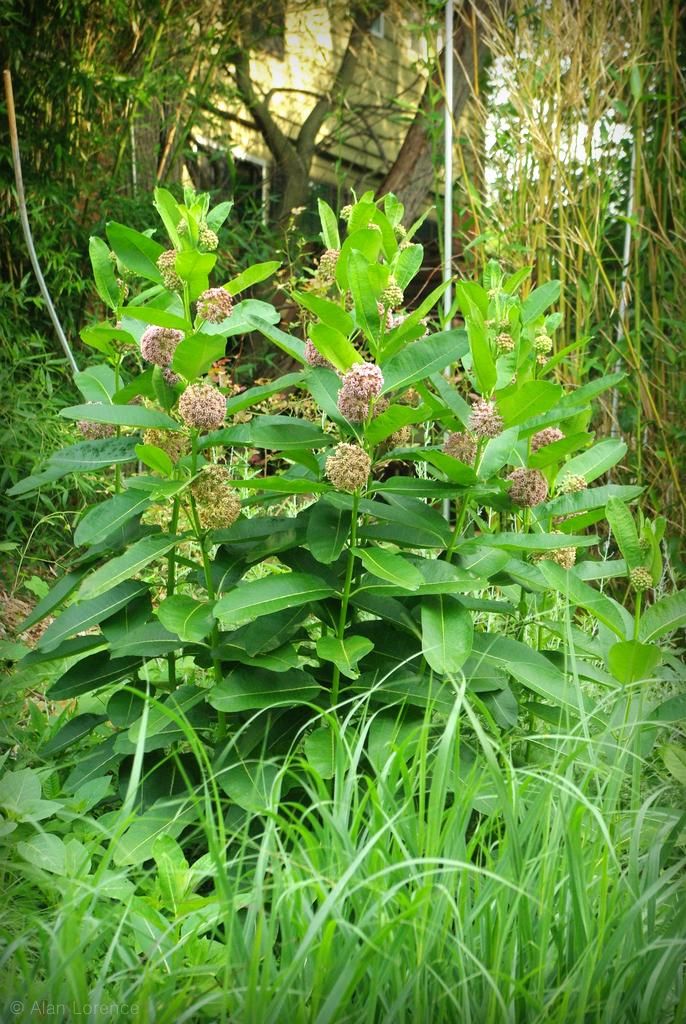




I think milkweed is beautiful. My daughter's high school has an entire patch of it. I need to plant some in our own garden this fall.
I love seeing milkweed - beautiful and vital. We planted some in our bog. Just be careful tending it - the sap is caustic and will burn your skin.
Your milkweed is indeed beautiful and good for Monarchs. However, not all milkweed is good for Monarchs. I just read up on Asclepias for my garden and found that In Philadelphia the recommended types are A. tuberosa, A. incarnate, and A. syriaca only.
Anon: good info! Do you have a link for reference?
Fortunately those are the three that are commonly available, although I did see another less cold-hardy species at a local nursery a few weekends ago. Can't remember the species though -- once I saw it wasn't hardy I moved on.
Yesterday as I was driving along the highway I noticed two quite large A. syriaca colonies, and several smaller ones here and there. Haven't seen any monarchs in the area yet though.
Visit Save Our Monarchs (www.saveourmonarchs.org) for free milkweed seeds. You can also donate to our cause if you wish!